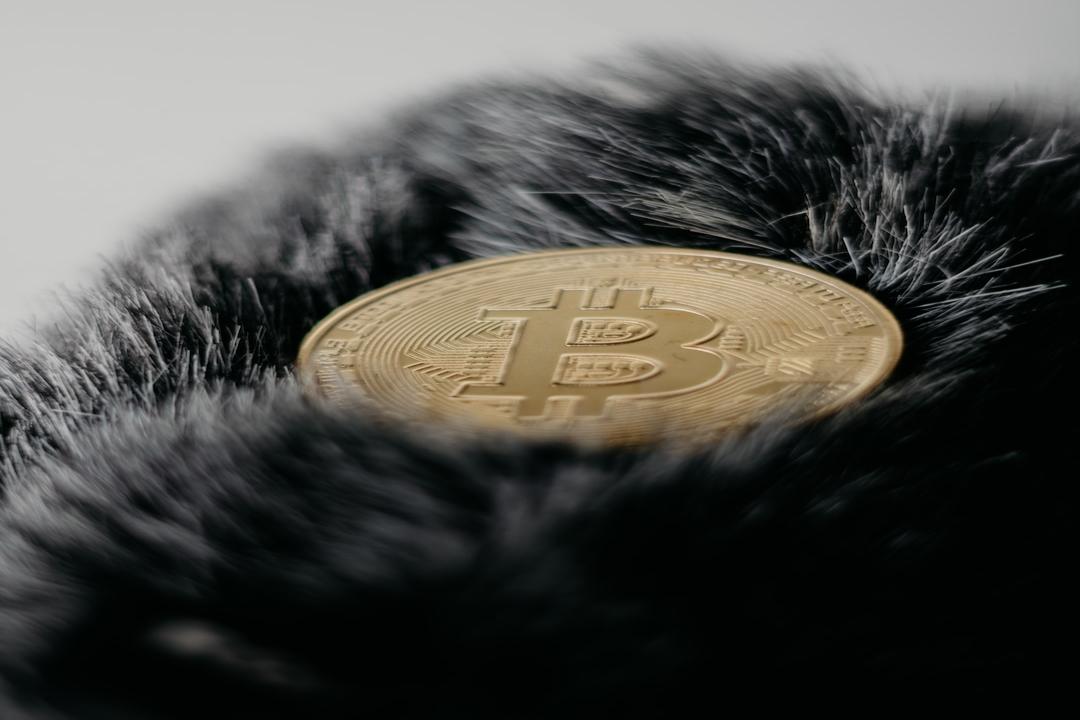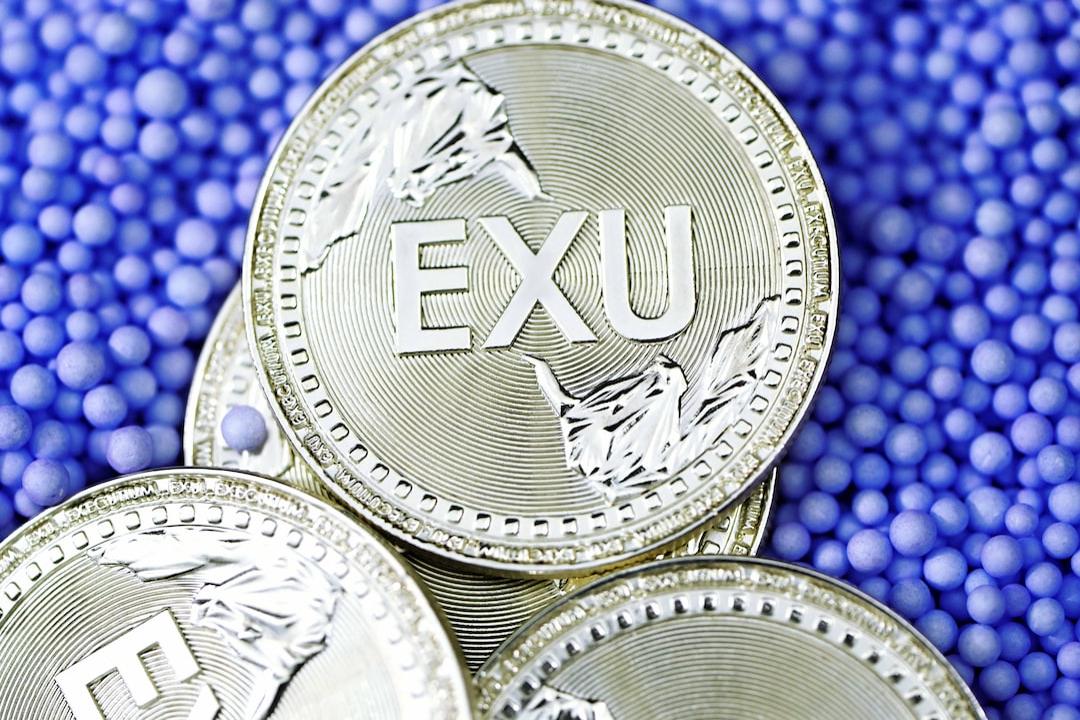Coin World Report:
Founder of StakeStone, Charles K, provides an in-depth analysis: What kind of interest-bearing assets can truly create value for the public chain ecosystem? What factors in the market are confusing? Why is TVL losing its effectiveness as a value anchor indicator?
Article Author: Echo, MetaEra
Source: MetaEra

“Whole-chain, staking, liquidity, TVL,” these terms have become the hottest topics in the DeFi world this year. However, in the current DeFi market, users are increasingly confused about which interest-bearing assets have real value and what kind of TVL can still represent value. In order to find answers, MetaEra had an in-depth conversation with Charles K, the founder of StakeStone, who established the first whole-chain liquidity asset protocol, discussing topics such as “StakeStone’s original intention,” “interest-bearing and liquidity issues,” “what kind of interest-bearing assets have real value,” and “what kind of TVL represents value.”
MetaEra: Can you briefly explain what StakeStone is?
Charles K:
StakeStone was born in the era of diversification. First, with the completion of the upgrade in Shanghai in 2023, Ethereum’s Proof of Stake (PoS) mechanism realized bidirectional access to staked assets. This change officially ushered in the era of risk-free returns for Ethereum assets.
The second major context is that after the ETHCC conference in August 2023, projects such as Linea, MANTLE, and Base successively launched their mainnets, marking the official entry of the entire industry into a new era of Layer 2 diversification. We have officially entered the era of multi-chain or whole-chain. This means that assets and applications must be deployed and applied in a whole-chain manner to adapt to this new industry trend.
In this context, StakeStone emerged, dedicated to building whole-chain interest-bearing liquidity ETH and whole-chain liquidity distribution infrastructure.
MetaEra: Why did you create StakeStone? What was the original intention of creating StakeStone?
Charles K:
The original intention of creating StakeStone was to solve the pain point of native ETH becoming a liquidity asset in the L2 ecosystem that cannot afford its opportunity cost after ETH has risk-free returns based on ETH. To solve this problem, we need to address three levels of issues:
1. Continuously optimize underlying returns to cover as many opportunity costs as possible.
2. Transform interest-bearing ETH (STONE) from an asset on a single chain ledger into a whole-chain ledger asset that is friendly to L2 ecosystem protocols.
3. Provide whole-chain liquidity for supported public chain ecosystems to fully utilize assets in the public chain ecosystem.
To achieve this, it took us more than a year to finally build the world’s first and only whole-chain interest-bearing ETH asset that can continuously optimize underlying returns without affecting the circulation of STONE. After strategic cooperation with Native.org, we also built the first whole-chain liquidity asset that has equal liquidity on every supported chain.
MetaEra: The market has always regarded StakeStone as an LRT protocol. Can you explain the difference between StakeStone and the LRT protocol?
Charles K:
LRT is a Restaking Pool protocol that mainly provides core services based on a specific restaking protocol such as Eigenlayer. StakeStone, on the other hand, is a whole-chain liquidity asset protocol. We aim to be more like the MakerDao of the ETH version. Our core services are asset issuance and whole-chain management services. Covering as many risk-free interest opportunities as possible is a necessary component of asset management.
When a new underlying return emerges, StakeStone can optimize underlying returns without affecting the already circulating STONE in the market, while LRT needs to create a new staking pool and a new staking certificate to achieve this.
Moreover, LRT’s main customers are institutional staking holders, so these institutions need to clearly indicate the destination of their funds at the beginning of the deposit. LRT can satisfy the staking needs of super institutions, making it easier to obtain a larger TVL, but at the same time, it also means that the TVL of these targeted staking needs is static and does not participate in the construction of the ecosystem.
Since LRT is targeted at a specific underlying staking protocol, it cannot optimize and adjust underlying returns. Therefore, when new underlying assets arrive, they will flow to the new underlying staking protocol, just like LRT today compared to LST.
Moreover, LRT is difficult to build whole-chain liquidity. An asset without liquidity on L2 has no ecological significance other than being a TVL number. This will be realized by more L2 and new public chain ecosystems in the coming Q4.
Therefore, StakeStone and LRT have essential differences.
MetaEra: You mentioned earlier that starting from Q4, L2 and new public chains will increasingly focus on the significance of asset liquidity for ecosystem construction. What specific changes do you think will happen in the future?
Charles K:
This is another big topic. As more and more public chain ecosystems absorb interest-bearing assets such as LRT/BTC and LST, the next problem they face is how to use these assets. At this time, public chain operators will find that 1) most of the LRT/BTC and LST assets do not have liquidity on the chain, so they cannot be integrated into lending, CDP, or derivative protocols. 2) LRT/BTC and LST severely fragment liquidity. 3) Some BTC assets utilize massive false TVL brought by centralized minting. Therefore, pure TVL numbers become meaningless and make it difficult to build the ecosystem. I believe more and more public chain operators will realize this problem and change their token incentive programs from purely incentivizing passive numbers to incentivizing TVL that can be used and active.
MetaEra: Besides the existing ETH product STONE, we also noticed that StakeStone recently released its own BTC product. Can you briefly introduce how StakeStone expects to participate in BTCFi from what perspective?
Charles K:
Since BTC doesn’t have smart contracts and native interest mechanisms, it naturally faces two levels of problems: 1) How can native BTC come to the EVM chain and adapt to the current multi-chain environment? 2) Interest-bearing on the BTC chain. To address these two problems, StakeStone will release two types of BTC assets: SBTC (StakeStone Bitcoin) and STONEBTC.
SBTC focuses on building the first whole-chain liquidity BTC asset. Until decentralized off-chain methods such as OP_CAT are implemented, the solution of custodian institutions minting BTC will still be the dominant solution for bringing BTC to the EVM chain. Therefore, our SBTC will adopt the solution of receiving custody BTC and minting whole-chain liquidity BTC. In the first phase, SBTC will support the reception of custodian BTC such as BTCB and cbBTC for fully decentralized minting.
STONEBTC will aim to maximize on-chain BTC returns. Users will have the opportunity to obtain comprehensive returns from BTC staking protocols such as Babylon, restaking protocols such as Symbotic, and staking pool protocols like Lombard.
MetaEra: What do you think is the biggest difference between the Ethereum ecosystem and the Bitcoin ecosystem?
Charles K:
The differences between these two ecosystems are significant and mainly manifested in three aspects:
First, the Bitcoin ecosystem lacks on-chain liquidity assets. In Ethereum, Ether (ETH) itself is an on-chain asset with high liquidity that almost everyone is willing to accept. In contrast, Bitcoin (BTC) does not have such assets, and the liquidity of WBTC is also far less than that of Ether.
Second, due to the lack of liquidity assets, Bitcoin-based application scenarios are limited. For example, it is difficult to create a CDP with Bitcoin and scale it to the size of MakerDAO. Insufficient liquidity restricts the development of Bitcoin Finance (BTCFi).
Third, people who hold Bitcoin usually do not participate in DeFi activities. Bitcoin is more like a reserve asset similar to gold rather than something used for daily applications. Therefore, the number of users willing to use Bitcoin on-chain is very limited, which also limits the user base behind BTCFi.
However, we still choose to focus on the BTC ecosystem because we see more and more projects and capital working hard to expand the Bitcoin ecosystem. These efforts may lead to a several-fold increase in user participation in BTCFi compared to the past.
MetaEra: We have observed that the market is becoming less sensitive to TVL numbers, and the anchoring ability of TVL to value is gradually weakening. What is your opinion on this?
Charles K:
I believe that for any project, whether it is a staking protocol or a public chain ecosystem, valuable TVL will always be the TVL with real users that is available. It is the diluted TVL that makes the market lose its value anchor.
At the same time, another meaning behind TVL is Total Value Trusted (TVT). Whether the TVL of a protocol is valuable depends on whether it can represent user trust. If a protocol only allows deposits but not withdrawals, repeatedly changes the incentive promises before deposits, and withholds rewards for withdrawals, how can it win trust? A protocol that cannot carry trust naturally cannot carry real value.

